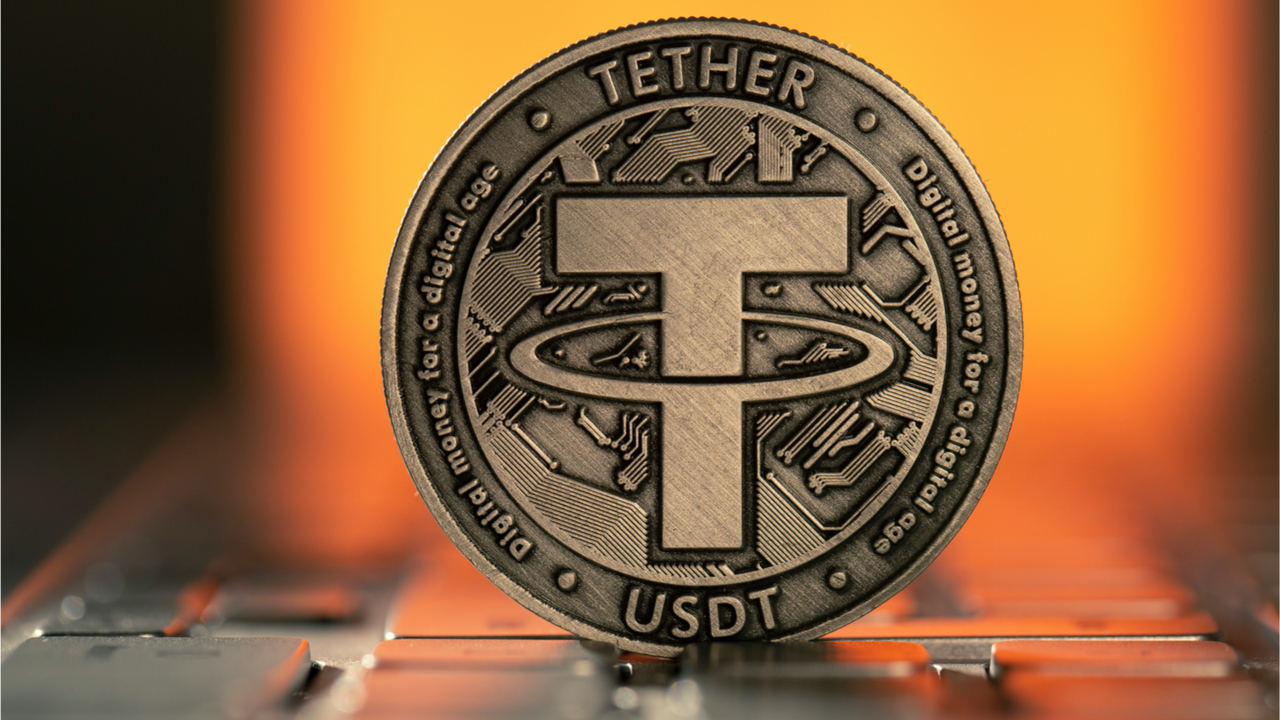Stablecoins, the bedrock of many crypto trading strategies, are experiencing a resurgence. The aggregate market capitalization of stablecoins has surpassed $164 billion, a level not seen since the Terra collapse in May 2022. This surge indicates a renewed influx of capital into the cryptocurrency market.
Tether’s USDT, the dominant stablecoin, accounts for a substantial portion of the market cap, currently hovering around $114.26 billion. These digital assets, pegged to fiat currencies like the U.S. dollar, offer investors a haven from the often volatile crypto market. They are widely used in crypto purchases, derivatives trading, DeFi lending, and even real-world payments.
According to Wintermute, the expansion in stablecoin supply suggests growing investor confidence and a bullish outlook for the broader crypto market. The increased capital flowing into on-chain ecosystems is expected to stimulate economic activity, potentially driving price appreciation and improving market liquidity. Blockchain analytics firm Nansen echoed this sentiment on X, labeling the stablecoin expansion bullish.
However, while stablecoins are thriving, the overall crypto market has exhibited signs of weakness. Bitcoin and Ethereum have both declined significantly this week, likely due to a “sell the fact” reaction to the debut of spot ether ETFs and broader market concerns. The decline in the copper-to-gold ratio and the steepening of the U.S. Treasury yield curve have also contributed to a risk-off sentiment.
Also Read: Crypto Hub Aspirations Persist As Hong Kong Unveils Stablecoin Sandbox with Public Funding Caution
Despite the short-term market fluctuations, the growth of the stablecoin sector is a positive indicator for the long-term health of the cryptocurrency ecosystem. As investor confidence strengthens and the broader market stabilizes, stablecoins are poised to play an increasingly important role in facilitating crypto transactions and financial activities.
Disclaimer: The information in this article is for general purposes only and does not constitute financial advice. The author’s views are personal and may not reflect the views of Chain Affairs. Before making any investment decisions, you should always conduct your own research. Chain Affairs is not responsible for any financial losses.



